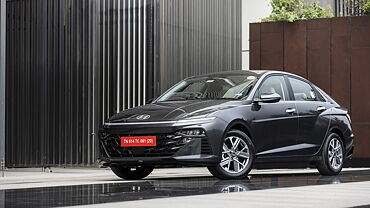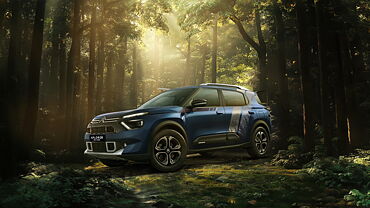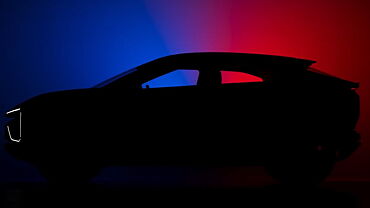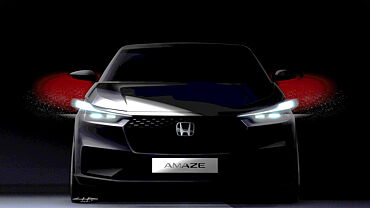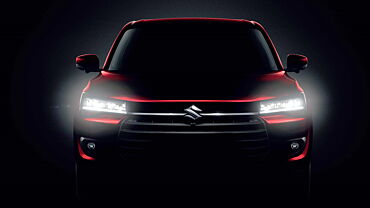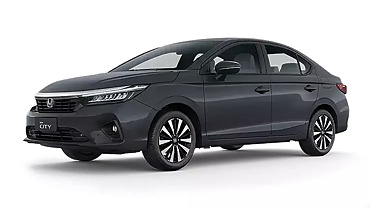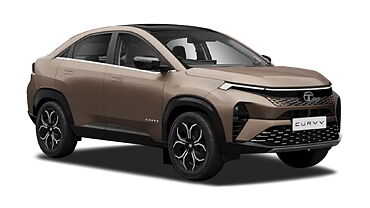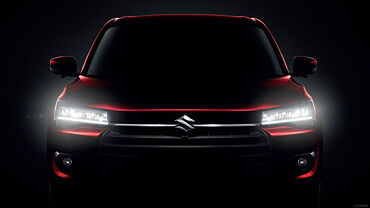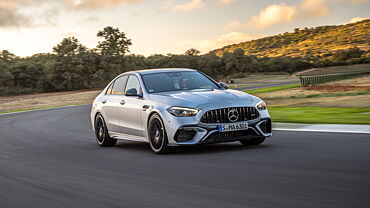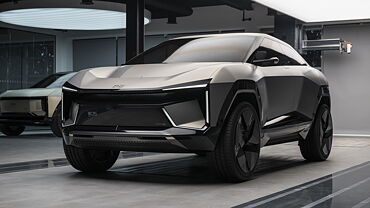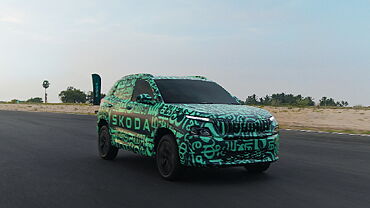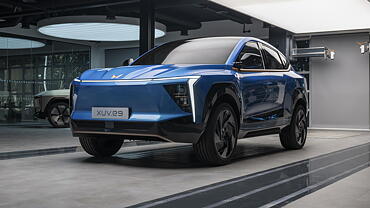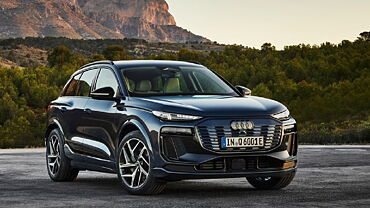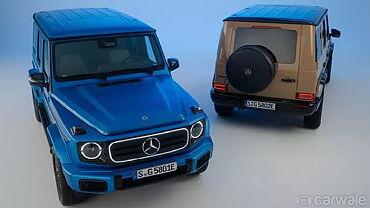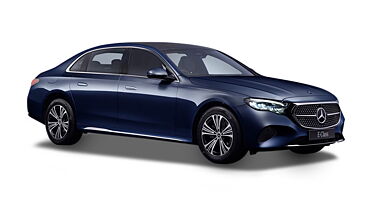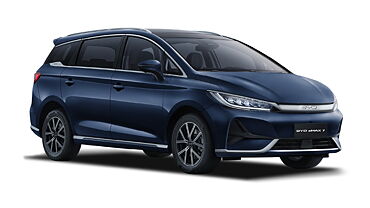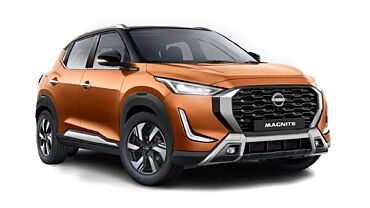The Japanese automated invasion was in full force in the Seventies and the Eighties. The watch manufacturers of Switzerland were in a tizzy. They were still stuck in the analogue mind-set, churning out products that buyers weren’t interested in. Then came Swatch and the whole concept of analogue timepieces was turned on its head. Old-school got a design and lifestyle makeover, becoming cool once-again for buyers. Meanwhile, in the automotive industry a similar tale was brewing. Long before sub-four metre classification and city-specific cars came into social consciousness, Mercedes-Benz began working on a sub, two-and-a-half metre long car back in the Seventies. The firm envisioned a future where congestion would make ultra-compact new cars a necessity for personal transportation.
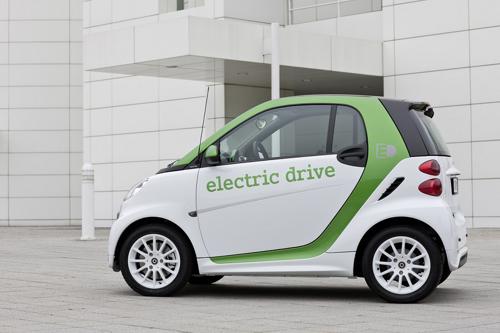
The concept continued to be refined over the next couple of decades and the first prototype became a reality in the early Nineties. Meanwhile, the man behind the Swatch brand of timepieces, Nicholas Hayek imagined a future where cars would be built on the same modular production principles as we used in his watches. He even went a step ahead and envisioned all such cars to be powered by electricity, thereby laying the foundation of the Smart fortwo electric drive car.
By the mid-Nineties, Mercedes and Hayek managed to team up for the manufacture of new cars which took the best of both their respective ideologies. The German manufacturer ended up buying out its Swiss watch partner before the decade ended. However, the seed that had been sown had already started to send its roots deeper into the automotive landscape.
A true path-breaking concept towards personal mobility solutions, the diminutive sized Smart cars were huge on the innovation front. The line-up in the meantime went through several changes, expanding from the Smart City Coupe and Cabrio to the minimalist, Smart Crossblade in 2002 and the Smart Roadster/Roadster Coupe variants. There was even a larger, four-seater variant called the Smart forfour at that time. However, the portfolio was reduced to the basic fortwo before the second generation was launched in 2007.
The current line-up includes the Smart fortwo in four variants and the Smart fortwo Electric Drive. A single geared electric variant that’s powered by a lithium-ion battery pack. The single-gear approach means torque flow is instantaneous, giving the car brisk acceleration. In it, one can see the true manifestation of the original concept, and its relevance going into the future.

